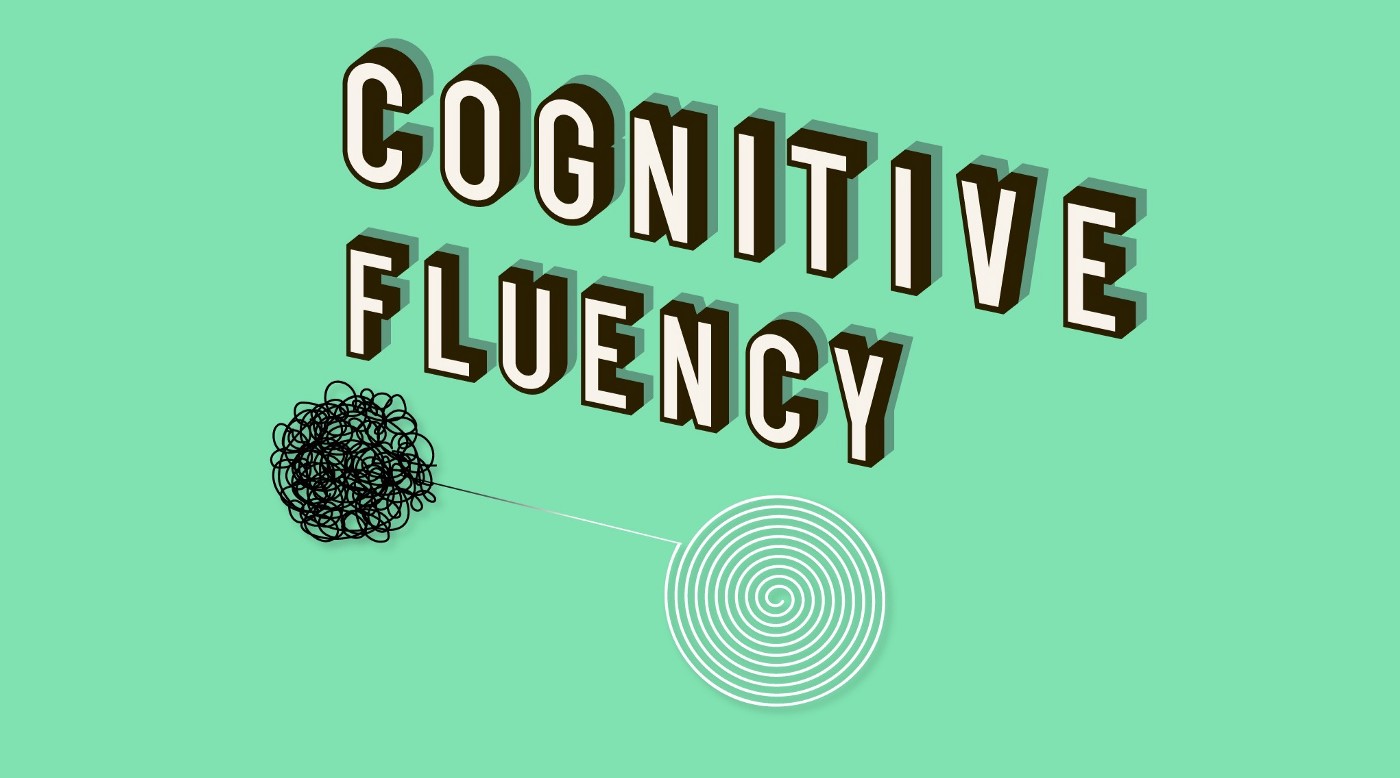
A decent website or shopping experience should nearly always be designed with simplicity in mind. Intuitively, shoppers may find some friction when engaging with an online store, but a clear layout and simple directions alleviate a lot of that (or any kind of website or mobile app). This makes it simpler and hence more likely to be used, which may help to explain why minimalist website design is currently so popular.
Consumer psychologists and behavioural economics have done more research into the effectiveness of simplicity. People feel that they can understand a tool more readily the simpler it is, whether it be digital or analogue. This “easy of understanding,” also known as Processing Fluency, can significantly alter your clients’ behaviour.
Fluency in processing
You will understand someone better if they speak to you in a language you are proficient in and are extremely familiar with as opposed to if they speak to you in a language you are less familiar with. The concept of processing fluency can be explained using this analogy: if you believe you learnt one piece of information more readily than another, the first item is more fluent than the second. Presenting the same information in a straightforward manner as opposed to a complex one will make it more fluent since straightforward presentations are simpler to understand.
This concept of simple versus complex goes beyond the comparatively straightforward nature of a website. Text that is simpler to read or recall tends to be more fluid. For instance, italicising a word is a wonderful way to bring attention to it, but italicised words are also more difficult to read. As a result, writing an entire blog article in italics would make the text less fluent overall. Rhyming is another rhetorical tactic that helps make material remember and fluent.
Sales Fluency Effect
Why should you be concerned with information flow? Beginning with the fact that it can affect whether or not customers believe you, it has a number of significant implications for their decisions and confidence.
The most conclusive evidence is that individuals are more likely to believe information that is fluid than disfluent (e.g. information that is harder to understand). People are more likely to believe a false statement (such as “Lima is in Chile”) when it is easy to read (such as putting dark blue lettering on a white background) than when it is harder to read, according to a 1999 study by Rolf Reber and Norbert Schwarz (such as light blue text on a white background).
What’s more intriguing is that a 2007 paper by Adam Alter, Daniel Oppenheimer, Nicholas Epley, and Rebecca Eyre discovered that people were generally more certain that they had comprehended product information about an mp3 player when it was Fluent versus Disfluent, leading to a few intriguing observations:
First off, participants who were exposed to a source of Fluent information frequently did not comprehend it as well as those who saw the Disfluent material; they simply believed that they did. In other words, while simplicity aids comprehension, it might also cause users to overestimate their level of understanding.
This led to a second crucial finding: because they weren’t paying as close attention to the products, participants who saw the Fluent information were more vulnerable to environmental cues (such the Foot-in-the-Door or Decoy Effects). In other words, they were overconfident, which made it harder for them to override their snap judgments.
Finally, participants not only believed the information about the products to be more accurate when they felt more confidence that they understood it, but they also gave the products higher ratings.
fluent in your marketing
According to the studies I’ve discussed here, giving your clients access to information that is more fluent will increase their usage of it, value of it, and belief in it. How then can anything be made more fluent?
Making ensuring consumers’ environments (like the website, for example) have a straightforward design, are simple to use, and cause as little friction as possible at all phases of a purchase is one of the most crucial (and apparent) things you can do, as I hinted at at the beginning of this post. On a more specific level, make sure that the information you want people to pay attention to is printed clearly and neatly. You may even want to tone down the information’s fluency that you don’t want them to see (such as by making it harder to read by putting it in italics or a faded color)

One response to “Decision-Making by Customers and Cognitive Fluency in Sales”
Top site ,.. i will save for later !